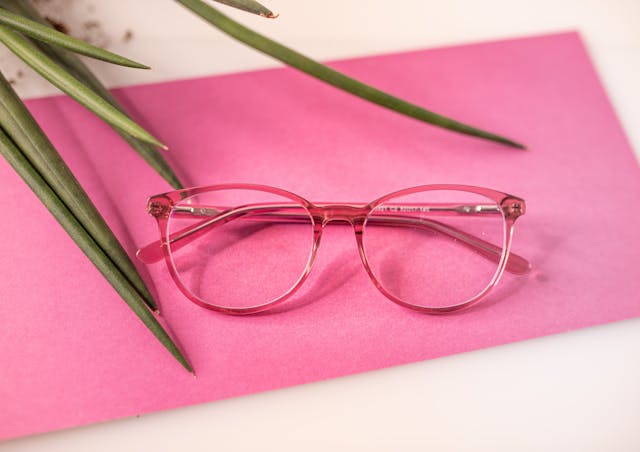Health and Wellness
How Do I Know if I Need Bifocals
It’s a common transition for many eye patients – the day you switch to bifocal lenses. For many, it’s a natural part of the aging process, and it can be handled relatively smoothly by most eye care professionals.
But how can you tell if that day is approaching for you? There are many telltale signs that give you some early warnings.

“The most common sign that you may need bifocals soon is difficulty with focusing on close objects,” says Dr. Noufal Mais, a Canadian optometrist and the CEO of The Eye Centre franchise.
“For many people, once they reach their mid-40s, their ability to focus the eyes starts to diminish. This is a condition known as presbyopia.”
Presbyopia is a natural part of the aging process, where the eye’s lens loses its flexibility, making it more challenging to focus on closer objects.
Some symptoms to watch out for include:
- Needing to hold reading material farther away to see it clearly.
- Eyestrain or headaches after doing close work or reading.
- Difficulty switching focus between near and distant objects.
For many people, they may have never experienced any need for vision correction.
“Many of my patients who need bifocal lenses have never had a need for glasses or contacts in their lives,” says Dr. Mais.
Bifocals allow people to see objects both near and far – crucial skills for things like driving and reading. They help to align the eyes for people who tend to “over-cross” when looking at close objects.
Dr. Mais points out that advancements in lens technology have made the transition easier than ever.
“Modern bifocals, and even progressive lenses, give you a seamless look and feel, allowing for a much quicker adjustment. The typical thicker lenses of the past are mostly gone, and they’re a lot more comfortable to wear.”
But even if you notice these signs appearing, it’s important not to rely on a self-diagnosis. An eye examination is crucial to ensure that your presbyopia is not complicated by other issues like astigmatism or myopia.
During an exam, the optometrist will conduct a number of tests to not only confirm the presbyopia diagnosis, but to hone in on the precise prescription that each patient needs.
For those who are making this adjustment, Dr. Mais offers some advice:
“It may take some time to get used to them. There’s a transition period where you need to learn how to look through the new lenses in a way that matches your needs, but most people are able to adapt quickly.”
Dr. Mais recommends at least a couple of follow-up visits with your optometrist to make the needed adjustments – especially if something feels a little off.
So if you’re starting to notice some fuzzier words on the page, make an appointment and get a proper diagnosis. Explore your options and make sure you take the right steps to protect your vision.

